Why gorilla tracking in Uganda is the ultimate call of the wild
Eschewing Africa’s most popular plains, Nicola Moyne hits the mist-cloaked mountains and sun-scorched savannahs of Uganda for a safari with soul.

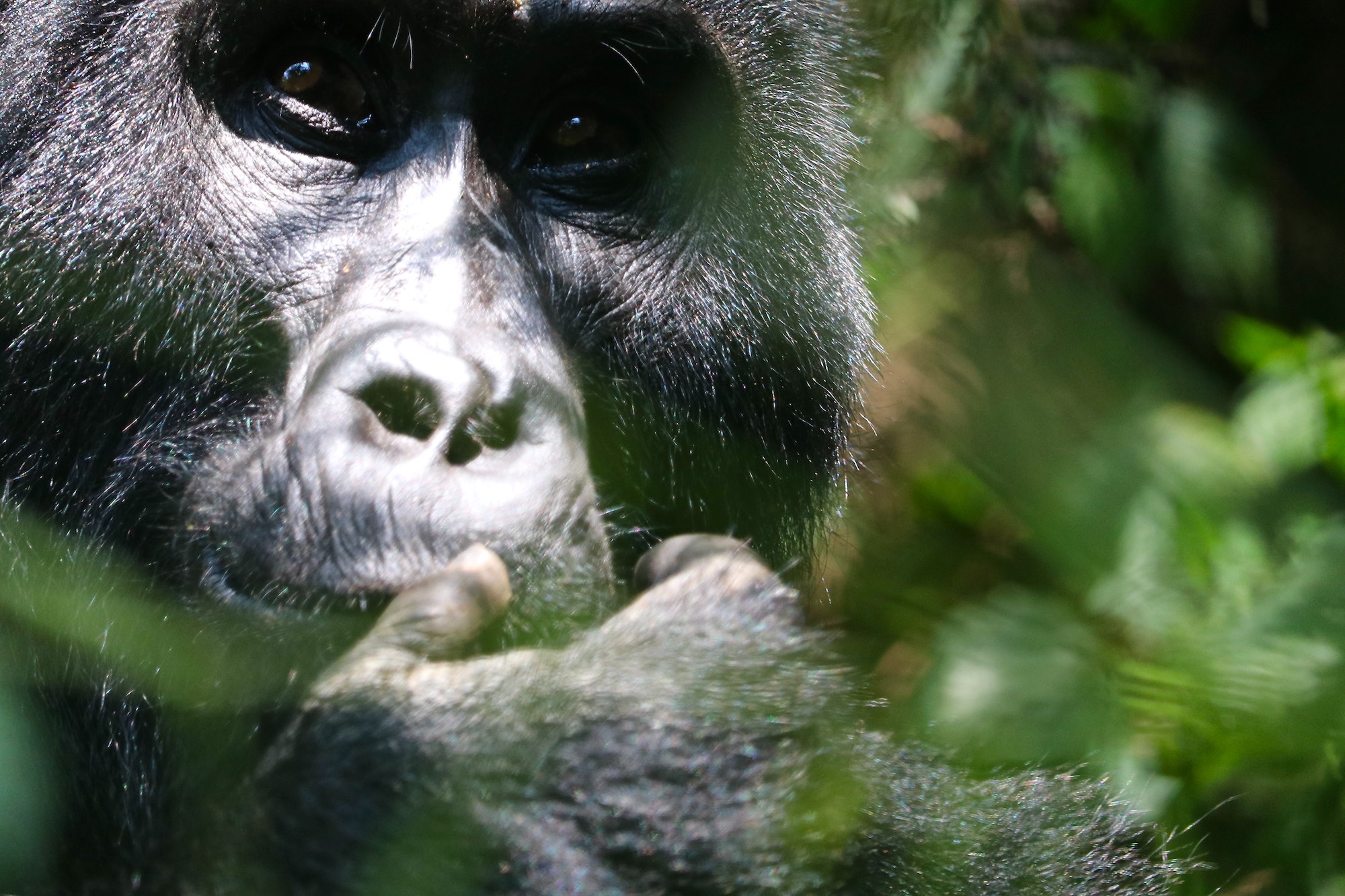
Eschewing Africa’s most popular plains, Nicola Moyne hits the mist-cloaked mountains and sun-scorched savannahs of Uganda for a safari with soul.
It’s home to more mountain gorillas than neighbouring Rwanda, and claims to be the only country in the world where you can spy tree-climbing lions snoozing amongst the shady boughs of acacia trees. Yet Uganda remains refreshingly underdeveloped.
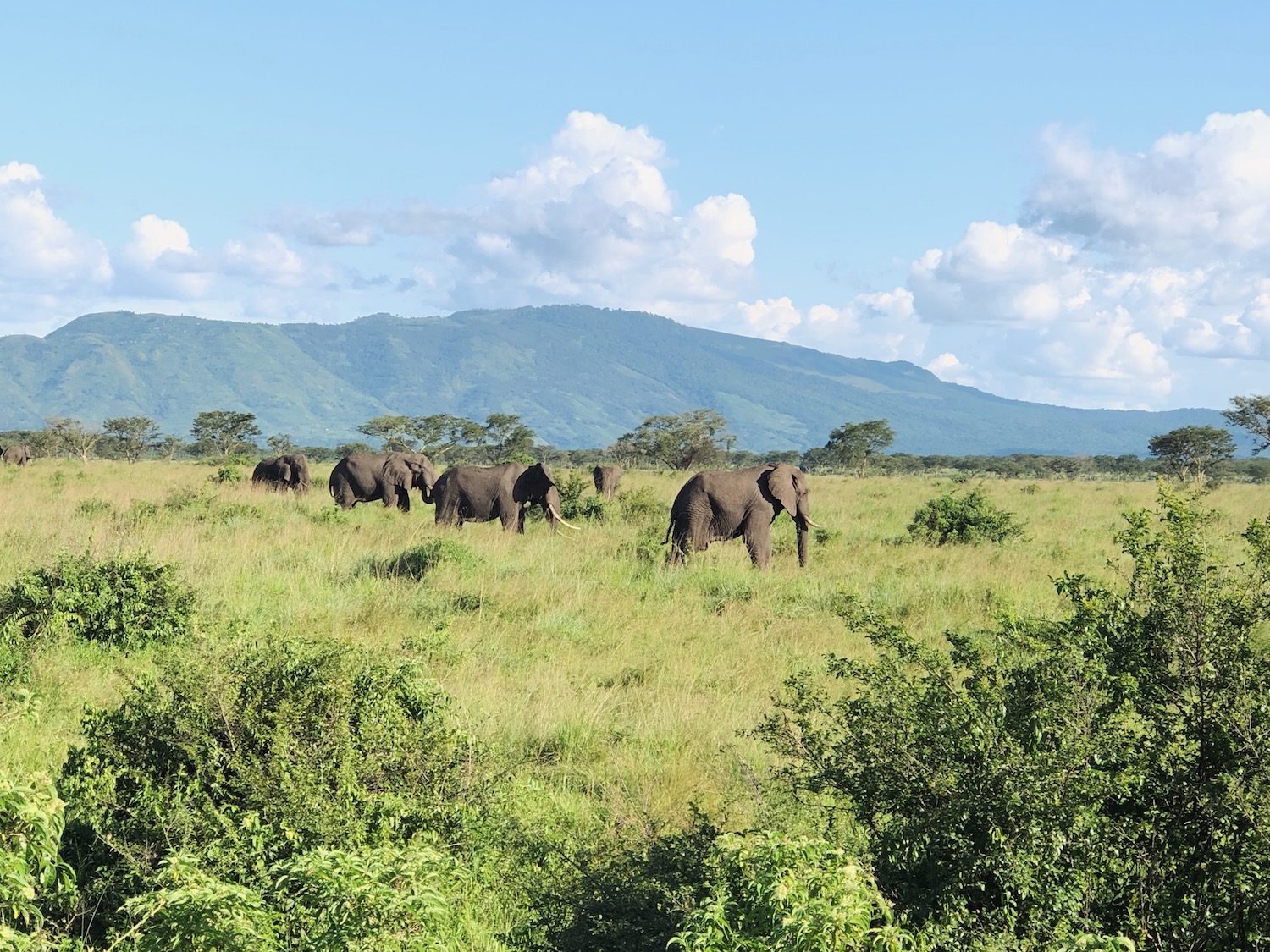
Gorillas in the mist
Often sidelined for Kenya’s swathe of stylish safari counterparts, this east African tangle of rich rainforest and amber-shot plains has remained deliciously wild. Here, the sun-baked elephants of Queen Elizabeth National Park and chattering chimpanzees of Kyambura Gorge in the south east still outnumber colonial-clone camps – and it’s all the more magical for it. Because while big-game groupies remain distracted by private plunge pools and brunching giraffes, those in the know can reconnect with nature completely unencumbered by SLR-clicking crowds.
That’s not to say, of course, that there’s no luxury to be had in Uganda. Thanks to Volcanoes Safaris eco-luxe lodgings in Bwindi and Kyambura Gorge, trekking tourists can soak up oily massages by day, sleep in muslin-draped bandas by night, and curl up fireside, red wine in hand as the sun dips and temperatures drop.
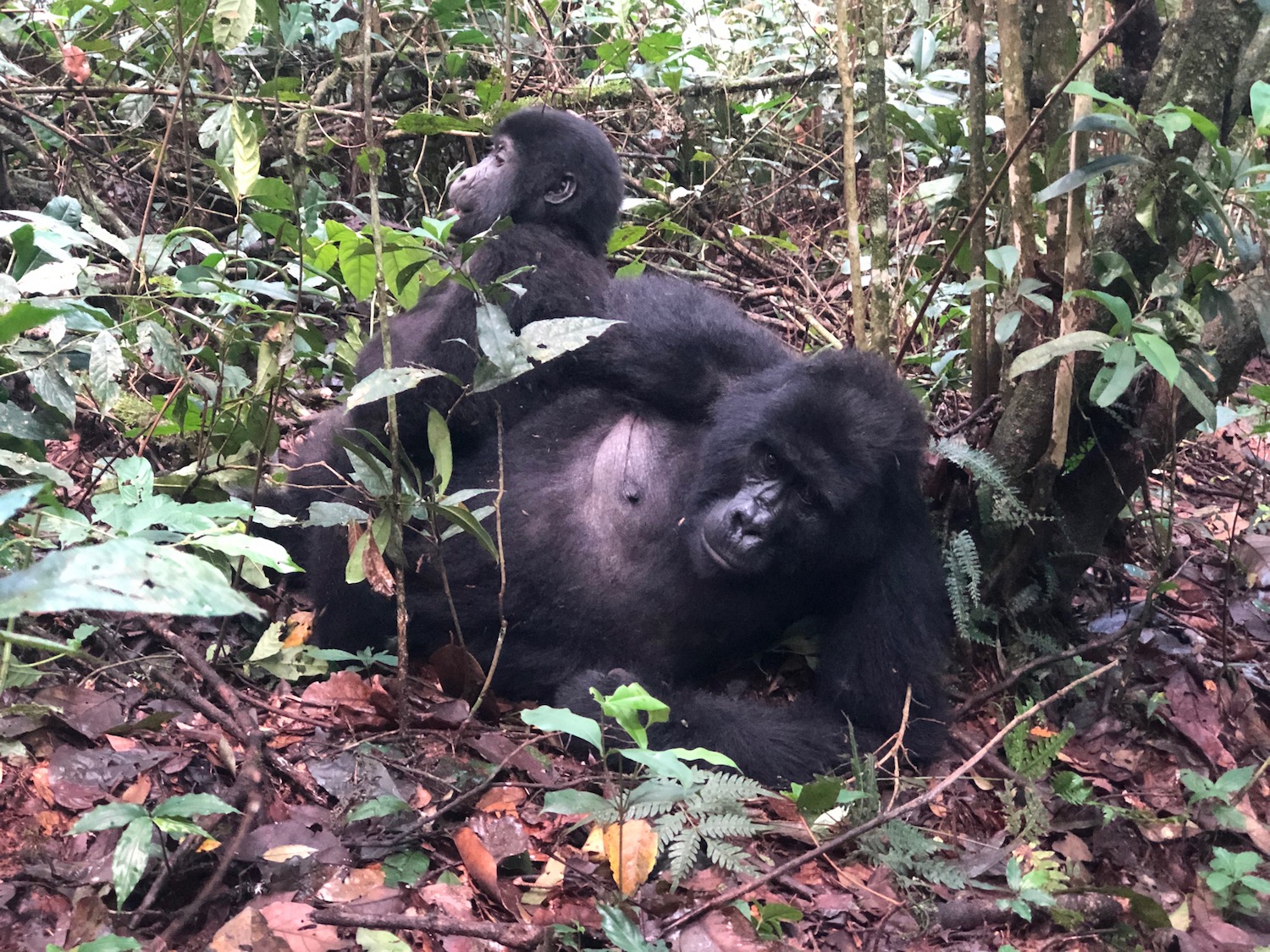
But the big draw for most intrepid travellers is, undoubtedly, Uganda’s protected community of mountain gorillas, who dwell in the World Heritage-listed Bwindi Impenetrable National Park. Spanning more than 330sq km of steep, dense foliage, these mist-crowned peaks are packed with biodiversity and home to around 400 of man’s closest relatives. It’s estimated there are now just 1,007 of these endangered primates left on earth, all of whom roam the volcanic Virunga mountain range that stretches across Rwanda, Uganda and the Democratic Republic of the Congo.
‘Nestled precariously among the emerald canopy he methodically strips leaves from the branches as he quietly clocks our approach’
Tracking experiences in Bwindi, which borders the DRC’s western corridor, can last up to 10 hours, depending on your physical health and the gorillas’ location. On account of my ‘runner’s knee’ and a few other loudly protesting joints in the group though, just an hour into the jungle’s swirling clouds of dew and dense green scrub, I find myself face to face with a 26-stone silverback – his majestic shadowy bulk appearing like a boulder through the lingering tendrils of mid-morning fog.
Sam, our camou-decked tracking guide from Uganda Wildlife Authority (UWA), spots him first, nestled precariously among the emerald canopy above, methodically stripping leaves from the branches as he quietly clocks our approach. ‘It’s Makara,’ Sam whispers, before ushering us to follow him up a rocky incline to meet ‘the family’.
Celebrity news, beauty, fashion advice, and fascinating features, delivered straight to your inbox!

Makara is head of the Habinyanja group, a 15-strong tribe of habituated mountain gorillas who – after years of conservation-led human interaction – now offer tourists a window into their world. For an hour, we observe them languidly bathe in ribbons of sunlight while their toddlers tumble playfully just metres from our feet. Rukundo, a nursing mother, looks on ambivalently as her smallest infant flits mischievously between suckling milk and investigating our mud-baked boots.
Against the backdrop of bird song and throat clearing – a sound both Sam and Makara regularly make to reestablish respect – it becomes clear that the watched are also watching; that you are a participant rather than merely a spectator here. And those 60 minutes become some of the most precious you’re ever likely to experience.
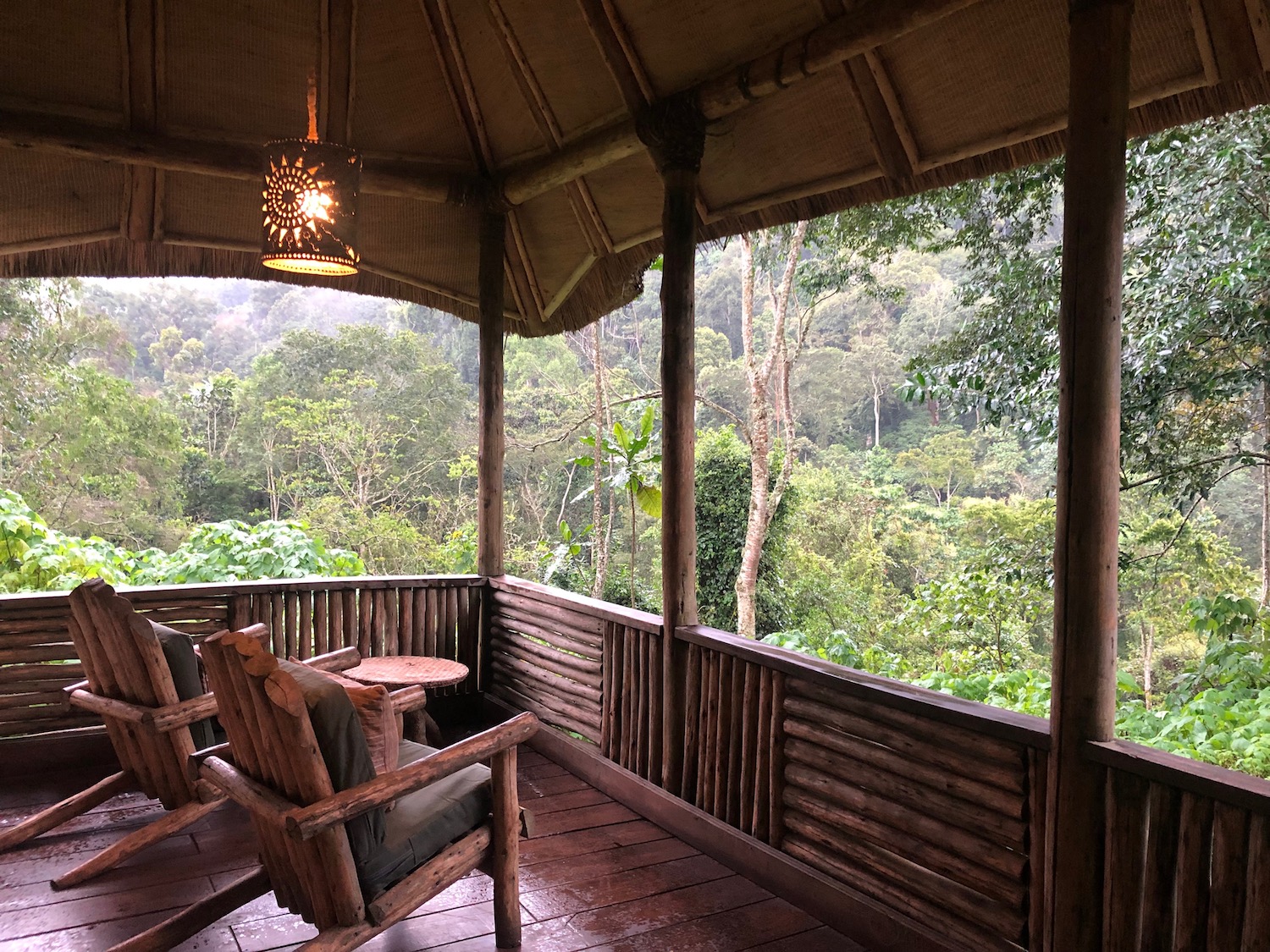
Lounging lions in Queen Elizabeth National Park
Part of the beauty of landlocked Uganda is that you’re never too far from the call of the wild and you can also trek for Makara's cousin, the chimpanzee, 150km north of Bwindi in Kyambura Gorge - a lush ravine on the fringes of the Queen Elizabeth National Park. A six-hour journey away on pothole-riddled roads, bumping there in a jeep is half the fun, with a game drive through acres of acacia-spotted savannahs offering up one of the world’s rarest safari sightings: the tree-climbing lion, who we spot snoozing deep in the cradle of a shady bough.
Native only to Queen Elizabeth National Park, it’s thought these golden cats climb to escape both the searing heat and persistent tsetse flies. Clever. But, as the midday sun beats down, it’s the sludge-submerged hippos who look (and sound) like they’re having the last laugh.
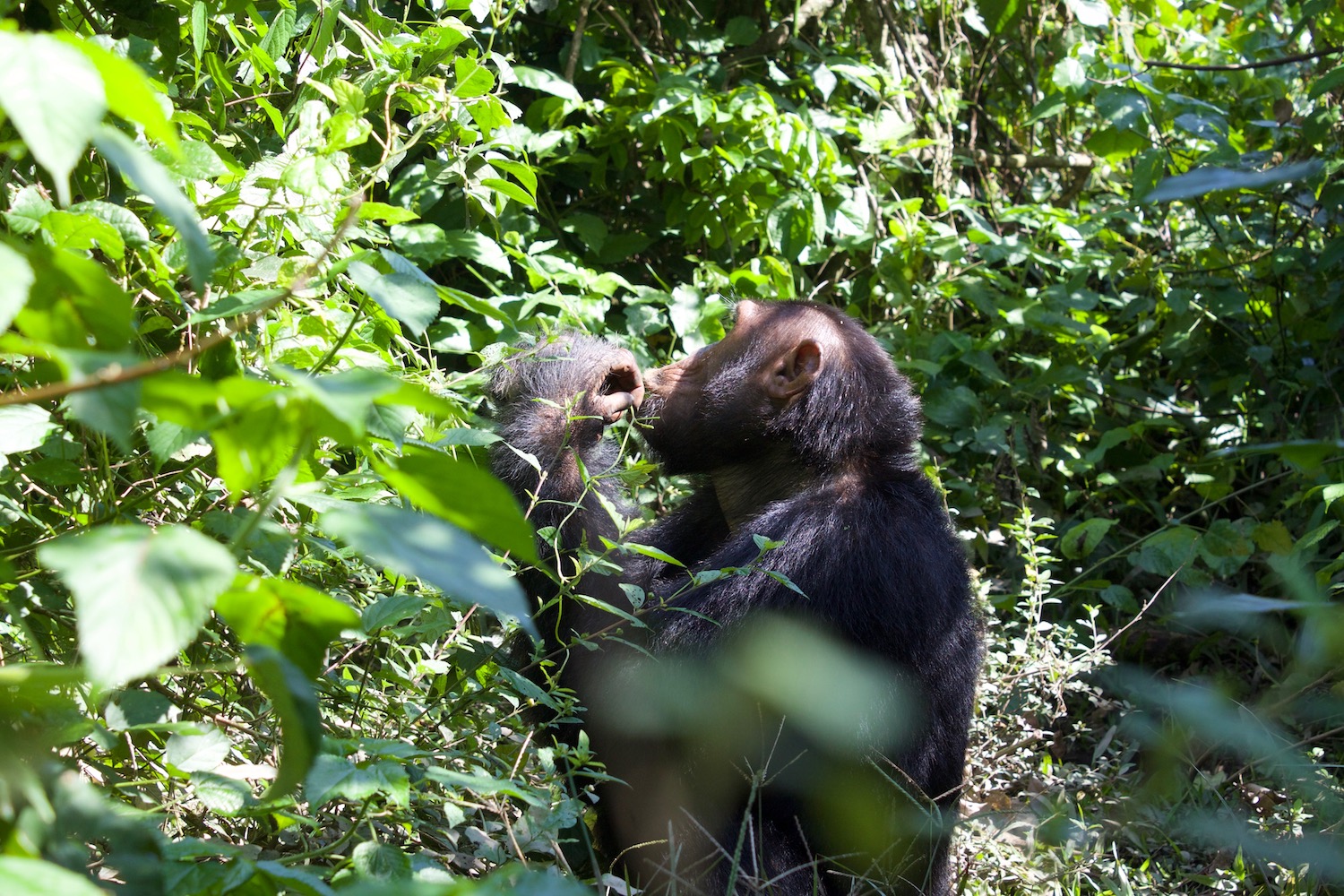
The lost chimpanzees of Kyambura Gorge
Later, deep in the gaping folds of Kyambura’s 500m-wide gorge, we’re told the valley’s ‘lost’ chimpanzees are no guarantee. They’re harder to spot, quicker to move, and generally make for trickier trekking. As luck would have it though, they’re busy tearing a black-and-white colobus monkey from limb to limb as we amble along and Moira, a 25-year-old male, dramatically bounds down, beating the trunk of a fig tree for full alpha effect. He’s the ‘inquisitive one’ and poses metres away for photos before leading us across the forest floor. At times, he’s so close you can practically feel all 60kg of him bristle past you.
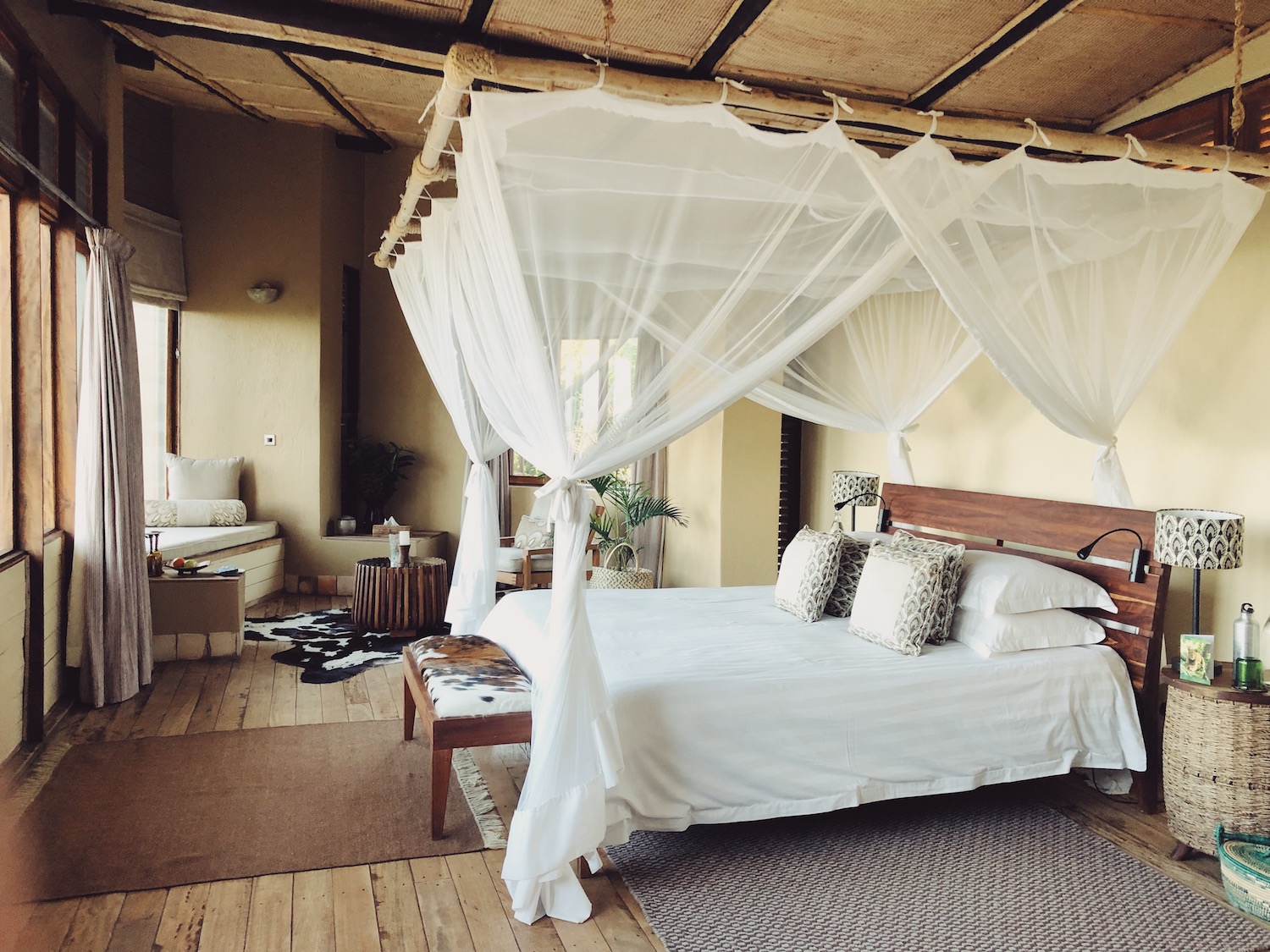
Back at Kyamabura Gorge – a heavenly Soho House-like lodge complete with four-poster beds, giant in and outdoor showers, plus a pool overlooking the plains - I head out on to my verandah at dusk to watch the sky shift from pink to purple. Snacking bats whistle past me while a family of baboons meander off into the distance with arrogant swagger. Up here, all I can hear are the gentle rustlings of the African savannah, but I know that deep in the gorge below Moira is busy building his nest for the night; that the forest is alive with a cacophony of screeching wails and chattering chaos. In Uganda, you’re never more than a mud-baked boot away from the wild.
Book it
Three nights at Volcanoes Safaris Kyambura Gorge and three nights at Bwindi Lodge including a gorilla trek, chimp trek and Kazinga Channel Boat cruise including all meals, drinks, transfers, internal flights and international flights on Kenya Airways from Heathrow would cost from £5,300 per person with Africa Odyssey.
Words and photographs by Nicola Moyne

Nicola Moyne is a features and travel journalist who writes and edits for publications including The Telegraph, Sunday Times Style, Financial Times, HTSI, Wallpaper*, Grazia, House & Garden and Harper’s Bazaar. When she’s not working on an article, you’ll most likely find her horse riding or sailing the wide, meandering waters of Suffolk.